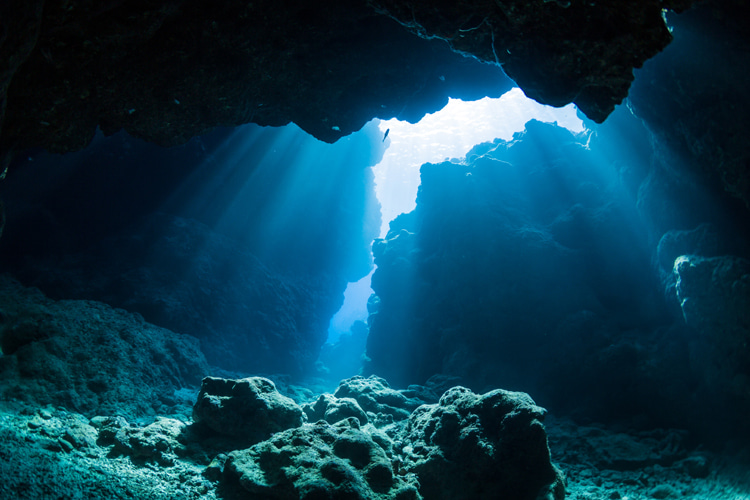Humans live below sea level. But underneath the water that covers our planet, there's an impressive geomorphology comprised of trenches and abysses, ridges and canyons.
There is a reason why Earth is often called the Water Planet.
With a massive 71 percent of it covered by salt and freshwater, most of the globe is basically hidden from our naked eyes.
Unlike the theoretical division of the world's five oceans, the truth is that there is only one single and united body of water touching all continents, mainlands, and islands.
It's a combined volume of water of around 1,335 sextillion liters (1,335 billion cubic kilometers or 320.3 million cubic miles).
But how deep is this ocean? And where are its deepest parts?
Interestingly, eight of the ten most extreme trenches are located in the Pacific Ocean.
Let's dive and explore the ten most profound places below sea level.
1. Mariana Trench
Depth: 10,984 meters (36,037 feet)
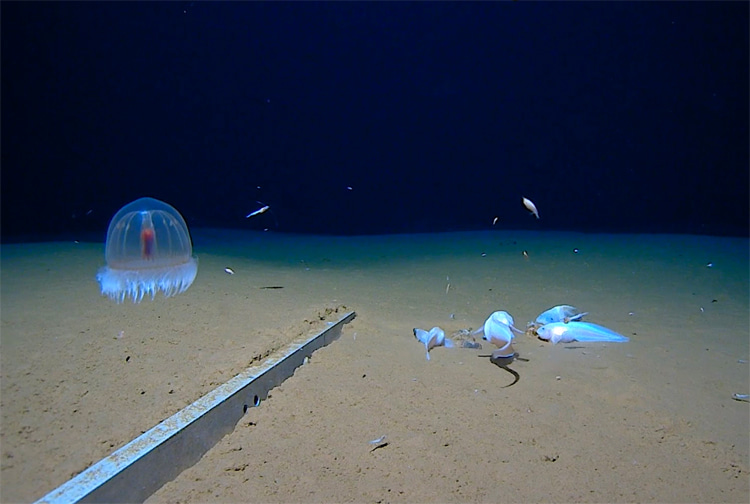
The Mariana Trench stretches over 2,550 kilometers (1,584 miles) and is Earth's deepest known oceanic point.
Its deepest point, Challenger Deep, plunges an astounding 10,994 meters (36,070 feet) below the surface of the Pacific Ocean.
This depth surpasses Mount Everest's height, making the trench deeper than any mountain is tall.
The pressure here is immense, around 1,086 times the atmospheric pressure at sea level.
Despite harsh conditions, life thrives, from tiny microorganisms to unique fish species, adapting to darkness and high pressure.
Without sunlight, bioluminescent organisms like jellyfish and fish use their own light to communicate, attract mates, and ward off predators.
Creatures like the Mariana snailfish have evolved particular adaptations, including thick shells and special proteins, to withstand the immense pressure at these depths.
Moreover, the trench isn't static; it's slowly moving due to tectonic plate movements, making it a dynamic, unexplored frontier of our planet.
2. Tonga Trench
Depth: 10,823 meters (35,509 feet)
Planet Earth's second deepest place is in the South Pacific Ocean.
Its greatest depth - Horizon Deep - reaches an astounding 10,823 meters (35,509 feet) and is one of Earth's most unexplored and mysterious regions.
The trench is formed by the subduction of the Pacific Plate under the Indo-Australian Plate and influences local seismic activity, contributing to earthquakes and tsunamis in the region.
The hidden abyss remains a tempting frontier for scientific exploration and is the home of roundworms.
3. Philippine Trench
Depth: 10,540 meters (34,580 feet)
The Philippine Trench stretches over 1,320 kilometers (820 miles) in the western Pacific Ocean.
Its most profound point, the Galathea Depth, plunges to about 10,540 meters (6,550 miles), rivaling the depth of Mount Everest if inverted.
The trench, formed by the collision of the Eurasian and Philippine Sea plates, is a hotspot for deep-sea research.
4. Kermadec Trench
Depth: 10,047 meters (32,963 feet)
The Kermadec Trench is a colossal depression located in the South Pacific stretching about 1,000 kilometers (620 miles) from the Louisville Seamount Chain in the north to the Hikurangi Plateau in the south, north-east of New Zealand's North Island.
It is where the Pacific Plate is forced under the Indo-Australian Plate, creating this immense chasm.
The implosion of Nereus, a deep-sea uncrewed vehicle, is a notable event in the exploration of the Kermadec Trench.
Nereus was a hybrid remotely operated vehicle (HROV) designed to explore the deepest parts of the ocean.
In May 2014, while exploring the Kermadec Trench at a depth of 9,990 meters (6.2 miles), Nereus imploded under immense pressure.
Remarkably, the place is home to unique life forms, including giant amphipods and snailfish.
5. Izu-Ogasawara Trench
Depth: 9,826 meters (32,238 feet)
The Izu-Ogasawara Trench, also known as the Izu-Bonin Trench, is a profound oceanic trench located in the western Pacific Ocean.
It extends approximately 800 kilometers (500 miles) south from the Izu Peninsula of Honshu, Japan.
On August 13, 2022, renowned explorer Victor Vescovo and Professor Katsuyoshi Michibayashi of Nagoya University embarked on a groundbreaking expedition to its depths aboard his deep submergence vehicle (DSV), Limiting Factor.
In the same month, a record-breaking observation was made in the trench with the filming of the deepest fish ever captured on camera - a juvenile snailfish, found at an astonishing depth of 8,336 meters (5.2 miles).
6. Kuril-Kamchatka Trench
Depth: 9,604 meters (31,509 feet)
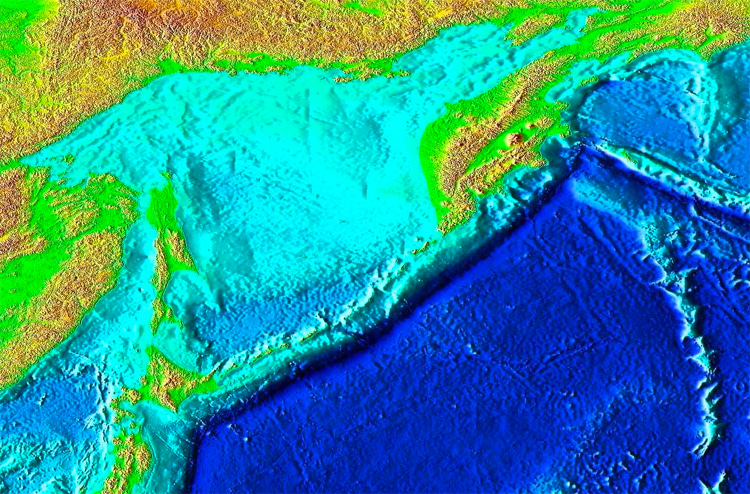
The Kuril-Kamchatka Trench, located in the northwest Pacific Ocean, stretches over 2,500 kilometers (1,553 miles).
The geomorphological feature is formed by the Pacific Plate subducting beneath the smaller Okhotsk Plate, a process that has been shaping the Earth's surface for millions of years.
The trench is responsible for volcanic activity in the region.
7. Puerto Rico Trench
Depth: 8,376 meters (27,480 feet)
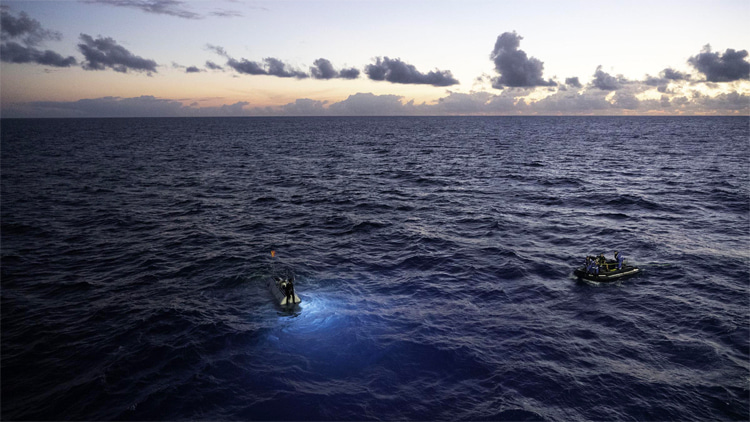
The Puerto Rico Trench, located between the Caribbean Sea and the Atlantic Ocean, is a formidable underwater canyon, the deepest point in the Atlantic Ocean.
Earthquakes taking place in the zone can trigger potentially deadly tsunamis.
NASA has revealed a highly dense mass under the Puerto Rico Trench, which alters the gravitational field at the ocean's surface, leading to a slight dip in the water level.
The phenomenon also impacts the precision of navigation equipment.
In 1964, the ocean floor of the Puerto Rico Trench was first explored by the French bathyscaphe Archimède.
8. South Sandwich Trench
Depth: 8,266 meters (27,119 feet)
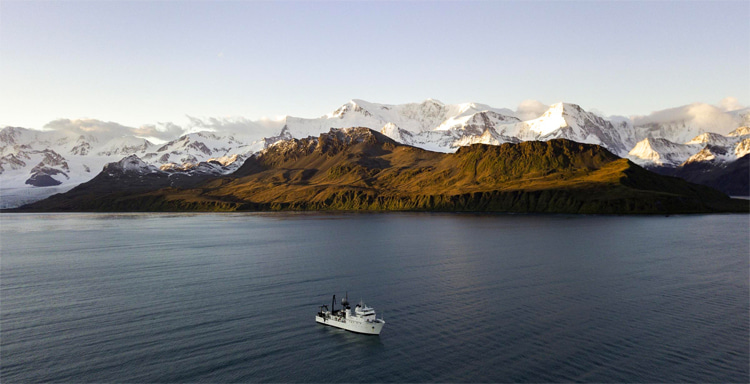
The South Sandwich Trench is the deepest point below the 60th parallel south and of the Southern Ocean.
It is located 100 kilometers (62 miles) east of the South Sandwich Islands.
The trench is 965 kilometers (600 miles) long, and it was first explored in 1926 by Meteor, a German survey ship.
9. Peru-Chile Trench
Depth: 8,065 meters (26,460 feet)
The Peru-Chile Trench, also known as the Atacama Trench, is an underwater canyon in the eastern Pacific Ocean along the western coast of South America.
It stretches over 5,900 kilometers (3,666 miles) and is formed by the subduction of the Nazca Plate beneath the South American Plate.
Three new species of snailfish were discovered in the depths of the Atacama Trench in 2018.
10. Japan Trench
Depth: 8,046 meters (26,398 feet)
The Japan Trench, part of the Pacific Ring of Fire, stretches from the Kuril Islands to the Izu Islands.
It forms where the Pacific Plate subducts beneath the Okhotsk Plate, leading to significant seismic activity, including the 2011 Tōhoku earthquake, one of the most powerful recorded.
